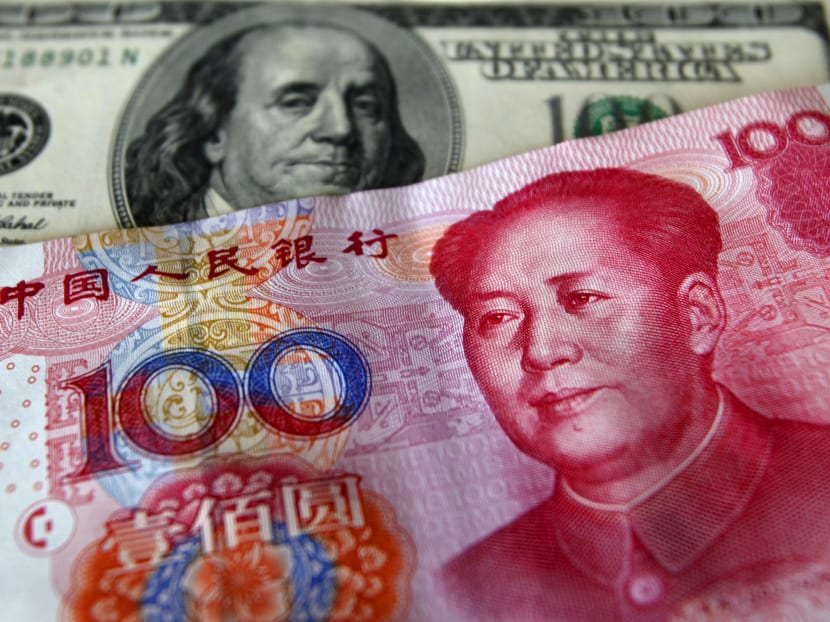Analysts say yuan’s inclusion in IMF basket has long-term benefits for S’pore
SINGAPORE — The inclusion of the Chinese yuan in the International Monetary Fund’s (IMF) Special Drawing Rights (SDR) currency basket will not have an immediate significant effect on Singapore, analysts said yesterday, but as a leading yuan centre in the region, and a financial conduit between China and the Association of South-East Asian Nations (ASEAN), the Republic stands to see more activity flowing through its financial system in the long-term.

Reuters file photo
SINGAPORE — The inclusion of the Chinese yuan in the International Monetary Fund’s (IMF) Special Drawing Rights (SDR) currency basket will not have an immediate significant effect on Singapore, analysts said yesterday, but as a leading yuan centre in the region, and a financial conduit between China and the Association of South-East Asian Nations (ASEAN), the Republic stands to see more activity flowing through its financial system in the long-term.
“Any impact will be more long-term rather than a knee-jerk kind of reaction,” said Standard Chartered economist Jeff Ng. “Given the trend in the past 10 years, the partnership between Singapore and China has been there, Singapore increasingly is relying more on trade with China compared with the West. So this is a positive step forward.”
The ASEAN region is expected to see a significant increase in the use of the Chinese currency as trade and investment continue to grow along the One Belt, One Road initiative.
The yuan’s inclusion in the SDR enhances market confidence in the currency’s accessibility, which will, in turn, support greater usage as well as a proliferation of yuan-denominated products and services, said HSBC.
Singapore can tap into this trend to build a larger pool of liquidity for offshore yuan and develop more yuan-denominated wealth-management products, said Mr Ben Chan, head of RMB Solutions, UOB. This will help to build a yuan network in the region, with Singapore as the key centre.
For companies, this development could encourage more of them to use the yuan, especially those which have business and trading activities with companies in China.
“The SDR inclusion means a proven test of yuan’s ‘full usability’ and therefore will help to remove the operational uncertainties that companies used to face,” said Mr Chan. “The yuan was attractive previously because of its currency appreciation potential, but it has moved from ‘appreciation’ to ‘recognition’. Going forward, it is attractive because of its wide acceptance … more trading partners will be ready to accept or ... switch to yuan.”
Singapore companies can benefit from using yuan in their trade settlement, financing and investment activities to help them save transaction costs, hedge against exposure in China, and reduce and diversify their forex risk, he added.
CIMB Private Banking economist Song Seng Wun concurred: “For businesses, it is more a reflection that the yuan is becoming more widely used … There will be a lot more yuan trade settled in the months and years to come. There will be greater use of the Chinese currency for global trade and investment around the world.”
CapitaLand, for which China is the group’s largest market outside Singapore, welcomed the yuan’s inclusion.
“With this milestone development, Chinese policymakers are expected to speed up the pace of market reforms and take further steps to internationalise the yuan,” said a spokesperson. “The yuan is set to be more widely used for trade and investment activities, a move that will propel China’s One Belt, One Road strategic initiative.”





